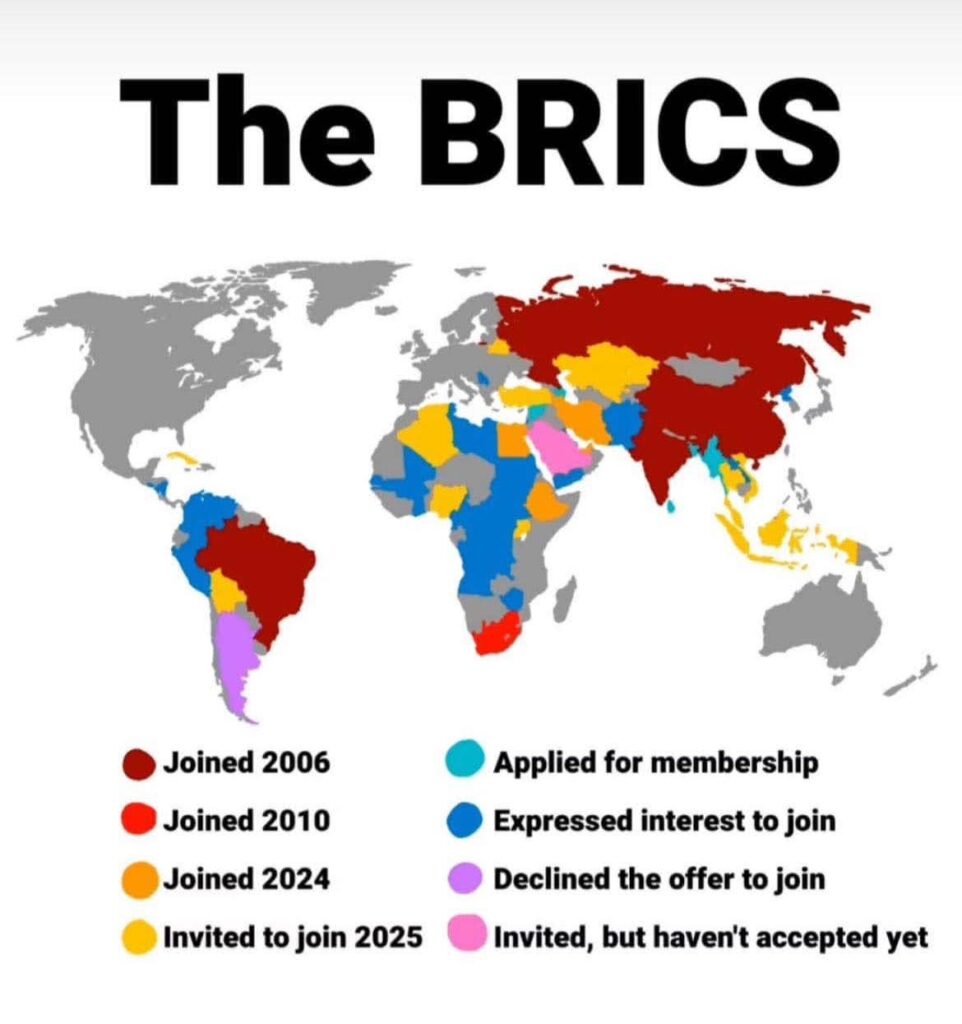Kazakhstan is pressing ahead with its first civilian nuclear plant – but this isn’t just about power grids or carbon targets. It is about leverage. And the game around it is changing fast.
The IAEA has thrown its weight behind the project, offering full support from start to finish. On paper, Astana has a clean shot. But geopolitics doesn’t play by paperwork. Not anymore.
Something Bigger Is Brewing
The pact also hints at a new model – one where nuclear capability becomes a diplomatic asset even for those without it. For Kazakhstan, which sits outside any deterrent umbrella, the message is clear: nuclear cooperation is now a tool of leverage as much as energy.
Now widen the lens. BRICS was originally solely an acronym for Brazil, Russia, India, China and South Africa. But it is no longer just an acronym, and it is not longer confined to those five nations. It is becoming a platform – and it’s shifting from trade talk to hard power. Russia and China, the bloc’s heavyweights, are leading global suppliers of nuclear tech. They’ve even created a BRICS Nuclear Energy Platform. In other words: nuclear cooperation is now part of the bloc’s official toolkit.

That matters for Kazakhstan. With huge uranium reserves and a seat between Europe and China, it is a valuable partner – and a strategic swing state. Not a full BRICS member but not outside the club either. For now, it is playing the middle. But that position is becoming harder to hold.
What’s Really at Stake
Kazakhstan gave up its nukes in the 1990s – a rare act of voluntary disarmament that won it international respect. But that choice came with a price: scrutiny. If it re-enters the nuclear space – even just for energy – the world will expect total transparency. Loose oversight won’t fly.
Then there’s the issue of who builds the plant. That choice alone will speak volumes.
- Pick Russia’s Rosatom, and it’ll look like a tilt toward Moscow and the BRICS model of strategic state-led growth.
- Go with China’s CNNC, and the Belt and Road gets a boost.
- Choose France’s EDF or South Korea’s KHNP, and it’s a bet on Western standards, Western oversight and a move to keep geopolitical options open.
This isn’t a Cold War replay. But it is a moment of real alignment. Kazakhstan’s vendor pick is a statement – whether it wants it to be or not.
Importantly, no contract has been awarded yet. Rosatom and CNNC are widely seen as frontrunners, thanks to longstanding cooperation on uranium processing and nuclear fuel cycles. But the civilian reactor decision – including vendor selection for the first nuclear power plant – remains pending. South Korea’s KHNP and France’s EDF are still in contention. That decision window is still open – and the longer it stays open, the more geopolitically charged it becomes.
Proponents argue this is a pragmatic move – a cost-effective fix to rising power demand. That may be true on paper. But in today’s strategic climate, even the most practical decisions carry political weight.
Why It Matters
At home, the picture is simpler. Electricity demand is rising. Coal still dominates. And if Kazakhstan wants to cut emissions without sacrificing industry, nuclear is a practical fix. The proposed site near Lake Balkhash – long debated and the subject of a recent local referendum – adds another layer of complexity, blending technical ambitions with public sensitivity.
But that doesn’t make the project neutral. BRICS nations are investing heavily in nuclear power – and they need uranium. Kazakhstan has it. That turns a domestic policy move into a geopolitical lever. And others are watching. What Astana does could shape the approach of energy-hungry states across Africa, Asia and beyond.
This isn’t just a plant. It’s a signal.
What Comes Next
Kazakhstan isn’t returning to weapons. But it is stepping back into a nuclear spotlight – and the stakes are higher than ever.
Whatever plant it builds, and whoever it builds it with, that decision will echo far outside its borders. Especially now, as defence pacts quietly flex and blocs like BRICS start laying down more concrete foundations.
In this new landscape, even peaceful reactors cast long shadows.
